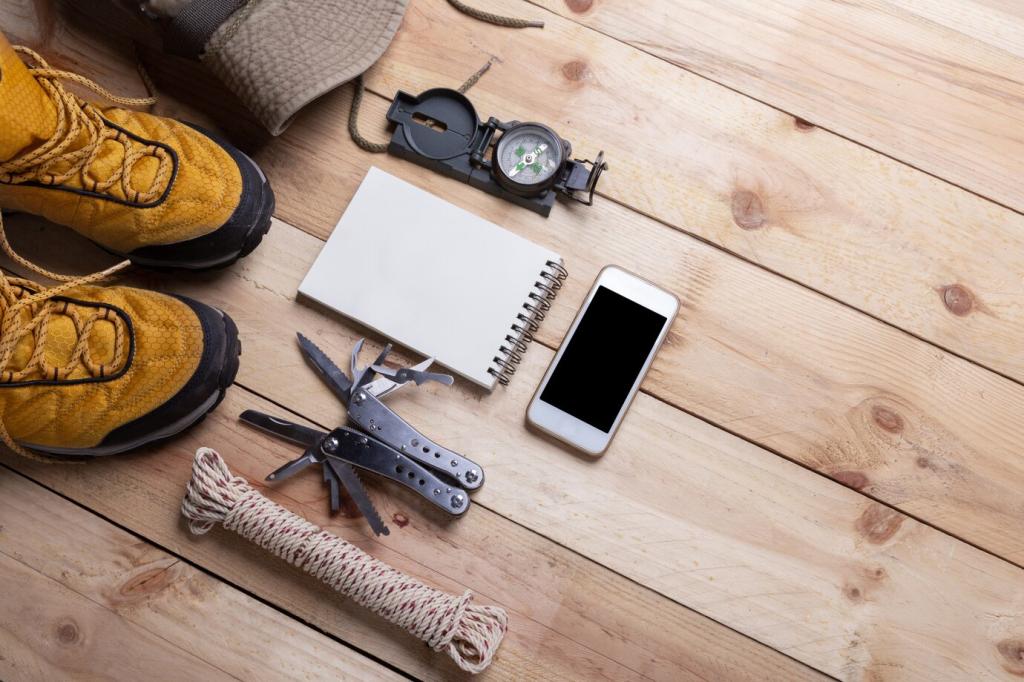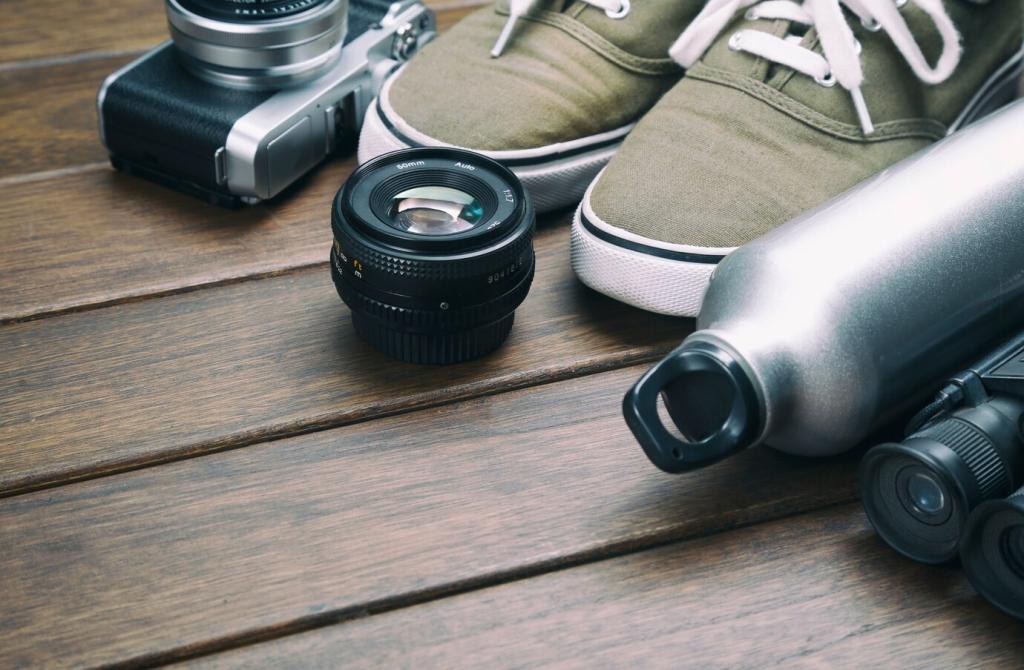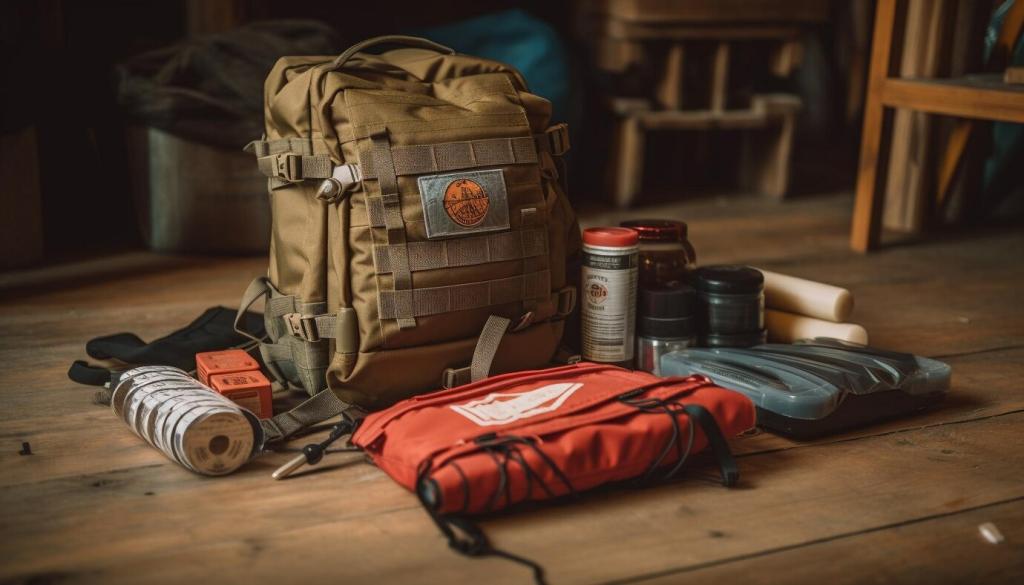
Layering Techniques for Mountain Hikes in All Seasons
Chosen theme: Layering Techniques for Mountain Hikes in All Seasons. Welcome, trail lovers! Today we’ll unpack a practical, confidence-building layering system that keeps you comfortable from scorching switchbacks to icy summits. Subscribe for more field-tested advice, and share your layering questions so we can explore them together.
The Layering System: Base, Mid, and Shell
Your base layer manages moisture first. Choose merino for odor control and comfort, or synthetics for quicker drying and durability. Aim for a close, non-restrictive fit, avoid cotton, and consider long sleeves with thumb loops. Share your favorite fabric and why it works for your pace.
The Layering System: Base, Mid, and Shell
Midlayers trap warmth while letting steam escape. Grid fleece, breathable synthetic insulation, or thin wool sweaters shine during steady climbs. Favor full or deep zips for fast venting, and combine pieces to match elevation changes. What midlayer helps you stay warm without overheating on steep switchbacks?



This is the heading
Lorem ipsum dolor sit amet, consectetur adipiscing elit. Ut elit tellus, luctus nec ullamcorper mattis, pulvinar dapibus leo.

This is the heading
Lorem ipsum dolor sit amet, consectetur adipiscing elit. Ut elit tellus, luctus nec ullamcorper mattis, pulvinar dapibus leo.
Venting Before You Sweat
Open pit zips, loosen cuffs, and drop zippers at the first hint of heat. Peel your hat briefly on steep grades. Adjust early to prevent damp layers that later chill you. Think of venting as a thermostat you nudge constantly. What cue tells you to start shedding?
Staying Ahead of Wet-Out
Oils, dirt, and constant rain overwhelm surface treatments, causing fabric saturation. Clean gear breathes better, so maintain it. When storms build, prioritize venting under protective trees, then rezip before exposure. Keep a dry midlayer sealed for camp. Share a time good care extended your shell’s performance dramatically.
Wind: Invisible Chill Factor
Wind steals heat fast, even in sunshine. A tiny windshirt or softshell blocks convective loss without stifling effort. Keep your neck, wrists, and core covered to stabilize temperature. Above treeline, add light gloves. What’s your must-carry wind layer for blustery, exposed traverses with relentless gusts and spindrift?
Packing, Checklists, and On-Trail Decisions
Typical all-season kit: sun hoodie or lightweight base, grid fleece, windshirt, waterproof shell, compact puffy, beanie, buff, light gloves, and spare socks. Stash the windshirt and shell on top. Practice fast changes on mild days. Which two items do you reach for on nearly every climb?

Personalization, Safety, and Care
Run hot? Start cooler and prioritize breathability. Run cold? Add a slightly warmer base and protect extremities. Snack steadily to fuel heat production. Dress for the climb, not the rest stop. Then add warmth when pausing. Are you a ‘furnace’ or ‘icicle,’ and how does that shape your kit?


Personalization, Safety, and Care
Pack a minimalist bivy, spare thin base, and windproof mitt shells. They weigh little yet transform a cold wait or injury stop. Share warmth within groups, and carry a whistle or mirror. These small backups protect you when plans change. What’s your must-have safety layer that always earns its spot?
